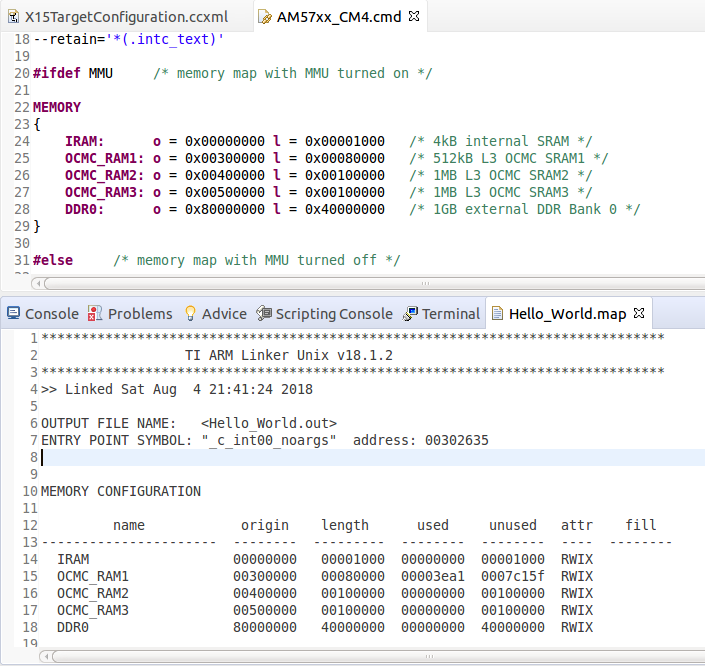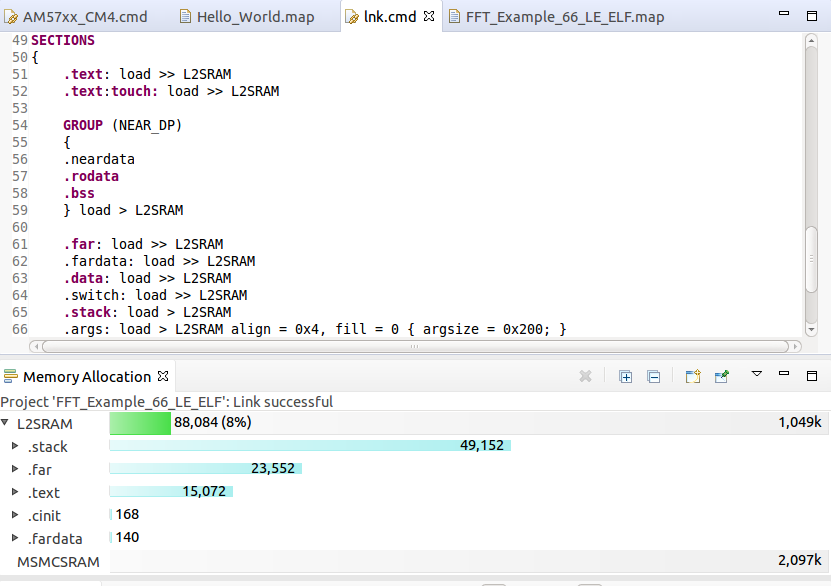Tool/software: Code Composer Studio
Hi - I'm working through the example provided by http://software-dl.ti.com/processor-sdk-rtos/esd/docs/latest/rtos/How_to_Guides.html#create-dsp-and-ipu-firmware-using-pdk-drivers-and-ipc-to-load-from-arm-linux-on-am57xx-devices and previously http://processors.wiki.ti.com/index.php/Linux_IPC_on_AM57xx#Adding_IPC_to_an_Existing_TI-RTOS_Application_on_slave_cores
Add IPC to the LED Blink Example
The first step is to clone our out-of-box LED blink CCS project and rename it to denote it’s using IPC. The easiest way to do this is using CCS. Here are the steps...
- In the Edit perspective, go into your Project Explorer window and right click on your GPIO_LedBlink_evmAM572x+c66xExampleProject project and select copy from the pop-up menu. Maske sure the project is not is a closed state.
- Rick click in and empty area of the project explorer window and select past.
- A dialog box pops up, modify the name to denote it’s using IPC. A good name is GPIO_LedBlink_evmAM572x+c66xExampleProjec_with_ipc.
The first step seems to assume that I already have a project called "GPIO_LedBlink_evmAM572x+c66xExampleProject" in my CCS Project Explorer which I don't.
I'm not sure if there's an assumption that some other steps or exercises have been completed first but the only place I can find any relevant file is in pdk_am57xx_1_0_10/packages/ti/drv/gpio/test/led_blink/am572x/c66/bios where there is a file called "GPIO_LedBlink_evmAM572x_c66xTestProject.txt" plus an associated .cfg file.
Can someone provide some direction on how I can get a GPIO_LedBlink_evmAM572x+c66xExampleProject set up in my Project Explorer?
Thanks in advance,
Dermot




